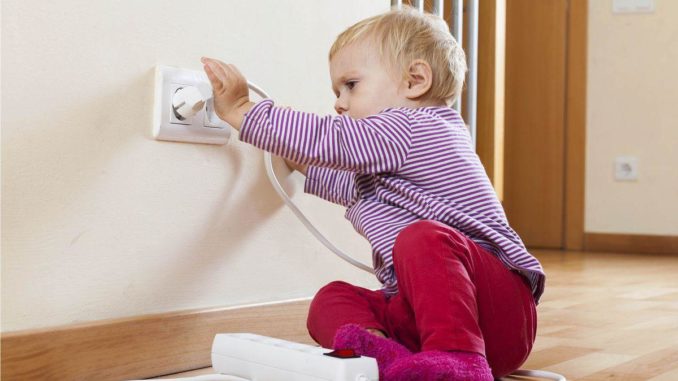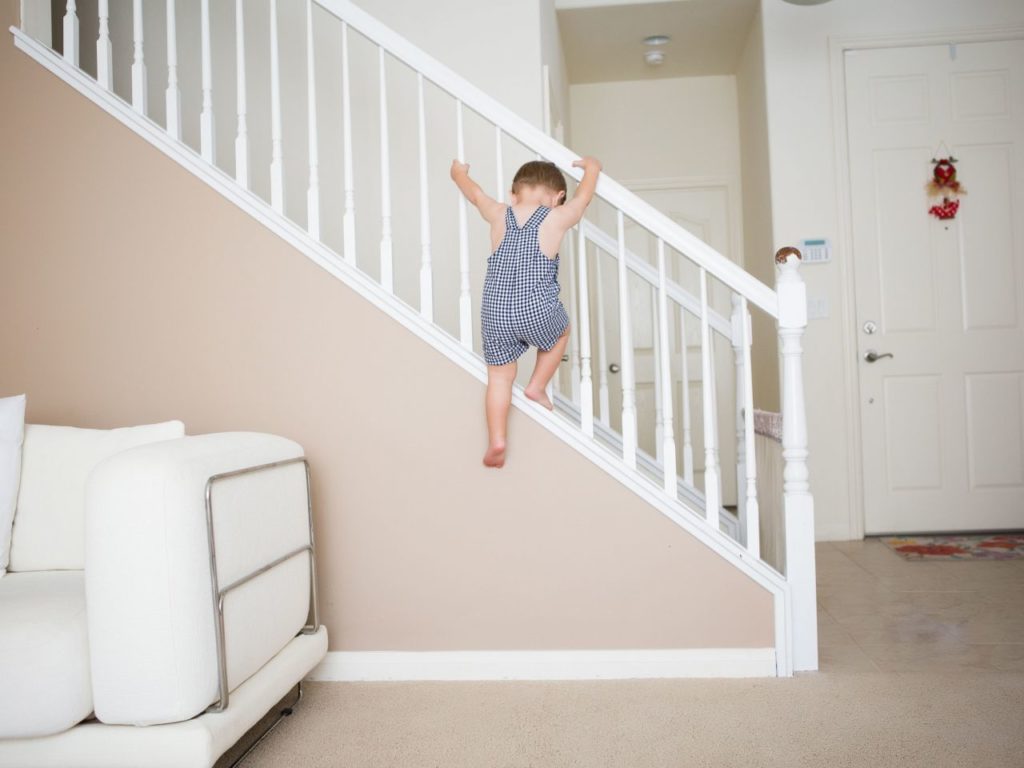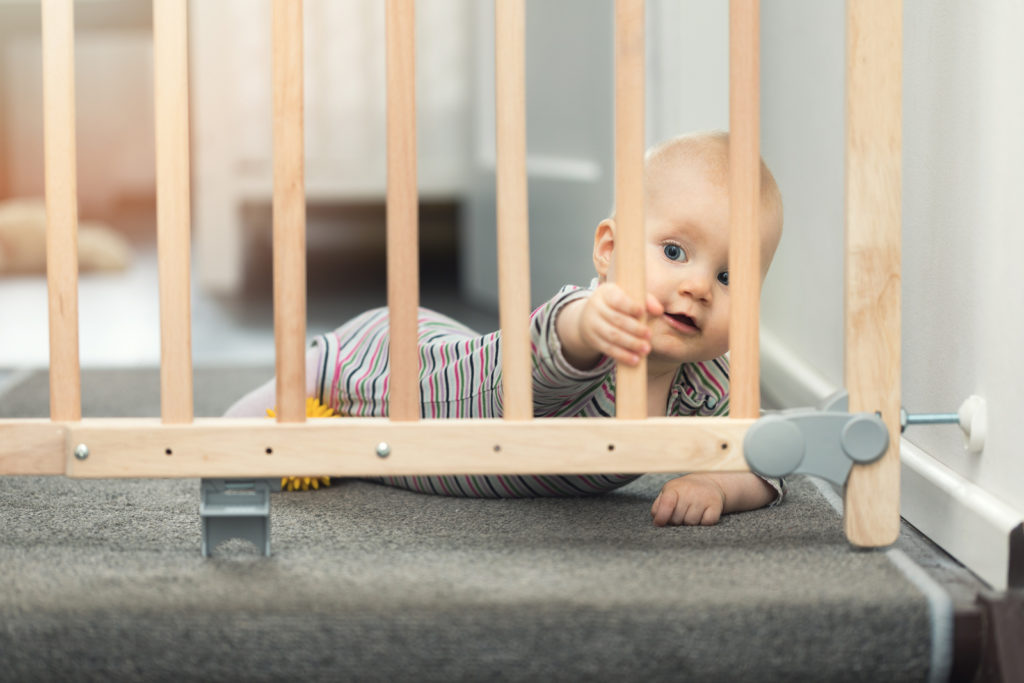
When it’s time to bring your newborn home, you want to be sure the house is safely set up to receive him—and the best time for baby proofing your home is long before he actually arrives. Ideally, get started at least three months before your due date, because some of the recommended baby proofing preparations may take time.
Once baby starts to crawl (around 6 to 10 months), you’ll need to do a second baby proofing sweep to make sure the house is safe for a baby on the move.
It’ll be several months before baby starts scooting around on her own, but there are still baby proofing tasks you’ll need to tackle to keep your newborn safe. And you’re not just checking for things that could pose a direct risk to your little one—anything that could harm you while you have baby in your arms (think slippery floors and wobbly furniture) will need to be addressed too. Use this baby proofing checklist to secure your home and prepare for emergencies.
1. Be familiar with the settings on your hot-water heater
To keep curious babies safe, make sure that your hot-water heater is set to less than 120 degrees. At around 15 months, kids become fascinated with playing with knobs and turning things. They get into the bathroom, turn on the hot water, and scald themselves. But if the thermostat is set to less than 120 degrees, they will be safe from burns. You should always be present with children in the bathroom, as leaving your child unsupervised for any period of time could potentially result in serious injury.
2. Keep cupboards locked or secured at all times
Babies and toddlers are often drawn to playing in the toilet and to opening bathroom cabinets, which are often filled with harmful cleaners and medications. There will come a day when your toddler learns how to open a door using the doorknob. And then it’s harder to keep them out of places they shouldn’t go. Using doorknob covers prevent this problem before it even starts. Curious babies love to open whatever they can, and you’re probably going to want to lock up your cabinets. These are a great option that works to keep them locked out even when they’re older.

3. Keep an eye out for heavy objects around the home
At around six months of age, babies start to move, roll and play on the floor more often. It’s at this milestone that parents should get on the ground with their babies. You need to lay on the floor and look from their point of view. Chances are, you’ll start saying, ‘That cabinet that has all of those heavy things on it — maybe I should move them off, or make sure the cabinet is secure.'”
By nine months old, a baby will begin pulling up on furniture, leaving parents with the task of anchoring furniture to walls and removing heavy items like televisions and lamps from furniture surfaces. The same principle applies for tablecloths, so you might want to give those a miss as well.
4. Create a small object tester
Take an old toilet paper tube — if (the item) can fit in there, then it’s a choking hazard and it can’t be around the baby. Look around your house for small objects — if you have older kids especially, then you have to be careful about small toys and things like Legos. Those should stay in an older child’s bedroom.
5. Use gates around stairs
Use caution around stairways, placing safety gates at the tops of stairs, or closing and locking doors that lead to stairwells. Once your toddler hits the 6-month mark and becomes mobile, you’re going to want to make sure your little one isn’t going to take a tumble down the stairs.

6. Create a safe spot for babies to play during chores
You need something that contains your child while you’re making dinner and keeps them busy, happy, and safe — bouncers and similar types of toys fit the bill since they have all the goodies babies love, including lights, sounds, and music, and have an adjustable height so they can grow with your child.
7. Watch out for corners
Listen, your space just isn’t going to look attractive for the next several years. The thought of putting up soft baby bumpers on the corners of a living room table might feel very defeating, but if you decide to keep the table in the room, you need these. Their little faces want to go straight into sharp objects, trust us on this. Pro tip: If you “don’t care” about the table and want to make sure the covers are super secure, glue them on.
Do you have any other tips for new parents? Share them in the comments below!

Leave a Reply